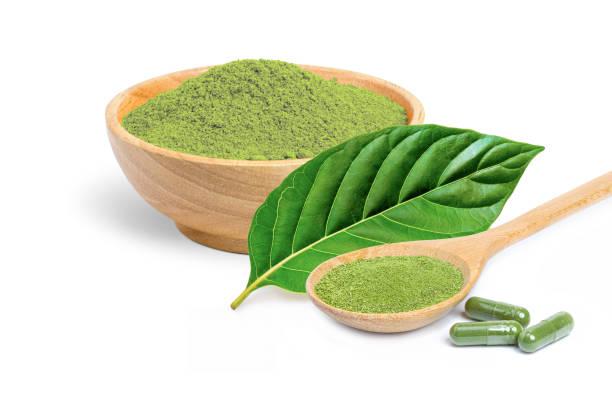The Resilience of Verso Cell Being: From Adaptation to Evolution
By studying these unique T-cells, scientists have gained a deeper understanding of how the immune system maintains balance and prevents harmful overreactions. Furthermore, ongoing research is focused on unraveling the molecular pathways and signaling molecules involved in Verso cell function. This knowledge could pave the way for targeted manipulation of these cells to enhance their immunosuppressive or tissue repair capabilities. In the vast realm of biology, one can find a multitude of fascinating organisms that have evolved and adapted over millions of years. Among these remarkable beings is the Verso cell, an extraordinary example of resilience and adaptability. The Verso cell’s ability to survive in diverse environments and its capacity for evolution make it a subject worthy of exploration. Verso cells are found in various ecosystems around the world, from deep-sea hydrothermal vents to arid deserts.
Their versatility allows them to thrive in extreme conditions where other organisms struggle to survive. This adaptability stems from their unique cellular structure, which enables them verso cell being to withstand high temperatures, low oxygen levels, and even toxic substances. One key feature that contributes to the resilience of Verso cells is their robust cell wall composition. Unlike many other cells that possess fragile membranes susceptible to damage or rupture under harsh conditions, Verso cells have developed a thick outer layer made up of complex polysaccharides and proteins. This protective barrier shields them from environmental stressors such as temperature fluctuations or chemical exposure. Furthermore, Verso cells exhibit an exceptional ability for genetic adaptation through horizontal gene transfer (HGT).
HGT allows these cells to acquire new genes from other organisms within their environment rather than solely relying on traditional vertical gene transfer (inheritance). This mechanism provides them with a broader range of genetic material available for rapid adaptation when faced with changing environmental pressures. The process by which Verso cells undergo evolution is truly remarkable. Over time, they accumulate beneficial mutations through natural selection that enhance their survival capabilities further. These mutations may result in improved metabolic pathways or enhanced resistance against specific toxins present in their surroundings. An intriguing aspect about the evolutionary journey of Verso cells is how they can transition between different forms depending on prevailing conditions – a phenomenon known as phenotypic plasticity. For instance, when exposed to high temperatures, Verso cells can alter their morphology and metabolic processes to better cope with the heat stress.



